Are you tired of constantly waiting for new releases and updates for your Linux operating system? If so, you might consider switching to a rolling-release distribution.
Unlike traditional Linux distributions that follow a fixed release schedule, rolling-release distributions continuously update software packages, providing users with access to the latest updates and features as soon as they are available.
In this blog post, we’ll be taking a closer look at the best rolling-release Linux distributions for daily use. We’ll explore their key features, benefits, and why they’re an excellent choice for those who want to stay on the cutting edge of Linux development while enjoying a stable computing experience.
Whether you’re a developer looking for the latest software libraries or a power user who wants to take advantage of bleeding-edge features, a rolling-release distribution might be just what you need. So, buckle up and get ready to discover some of the best rolling-release Linux distributions out there!
What Are Rolling-Release Linux Distributions?
You may have heard of rolling-release distributions if you’re a Linux user. But what are they exactly, and why are they important?
In a nutshell, a rolling-release Linux distribution is a type of distribution that continually updates its software packages without the need for periodic significant releases. Instead, updates are released as soon as they are available, giving users access to the latest software and features.
This is in contrast to traditional Linux distributions that follow a fixed release schedule, meaning users must wait months or even years for new features and updates. Rolling-release distributions offer several benefits.
For starters, users always have access to the latest software, which can be especially beneficial for developers who need to stay on the cutting edge of software development. Additionally, rolling-release distributions typically have fewer bugs since updates are released as soon as they’re ready, reducing the likelihood of significant issues cropping up.
It is conclusively correct to say that rolling-release distributions provide users with the latest software and features without the need to wait for major releases. They are ideal for developers and power users who need access to the latest software and want to avoid the bugs that can come with traditional release schedules.
Top Rolling-Release Linux Distributions
The following are the best rolling-release Linux distros for daily use worth your consideration:
1. Arch Linux
Arch Linux is a lightweight and highly customizable Linux distribution that follows a rolling-release model. It gives users complete control over their system and provides access to the latest software updates.
With Arch Linux, users can install and configure their system to meet their specific needs and preferences, making it a popular choice among power users and developers.
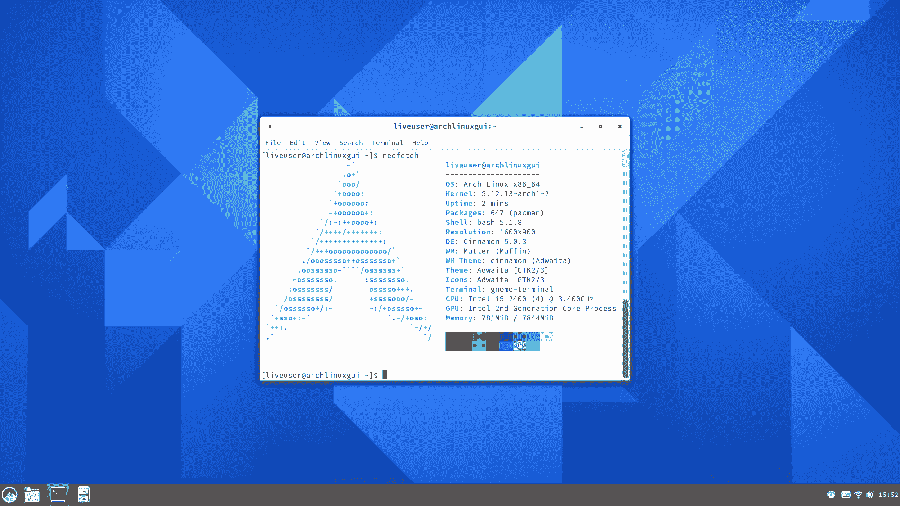
One of the defining features of Arch Linux is its simplicity. The distribution does not have a pre-installed desktop environment or a graphical installer. Thus, users have complete control over their system from the very beginning.
While this may make it less user-friendly for beginners, it allows experienced users to create a highly customized and streamlined system that meets their needs.
2. Solus Linux
Solus is a user-friendly rolling-release distribution with a modern and intuitive desktop environment called Budgie. It provides access to the latest software packages and offers a curated set of applications to ensure a high-quality experience out of the box.
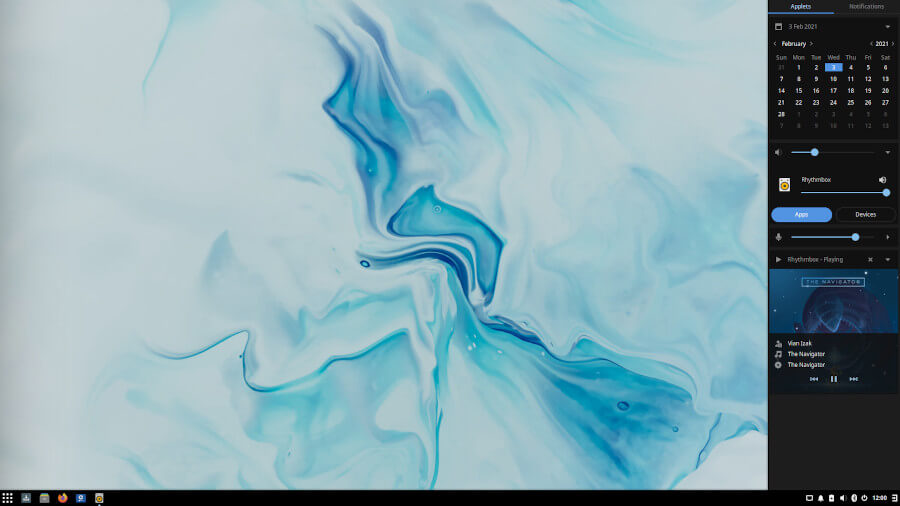
Solus is known for its focus on desktop users, and its software center, called the Software Center, makes it easy to install and manage software.
With its focus on ease of use and accessibility, Solus is an excellent choice for users who want a rolling-release distribution that is easy to use and customize.
3. Manjaro Linux
Manjaro Linux is an easy-to-use based on Arch Linux, which provides a user-friendly experience while offering access to the latest software packages. Moreover, Manjaro aims to make Arch Linux more accessible to users who may be intimidated by its minimalist approach.
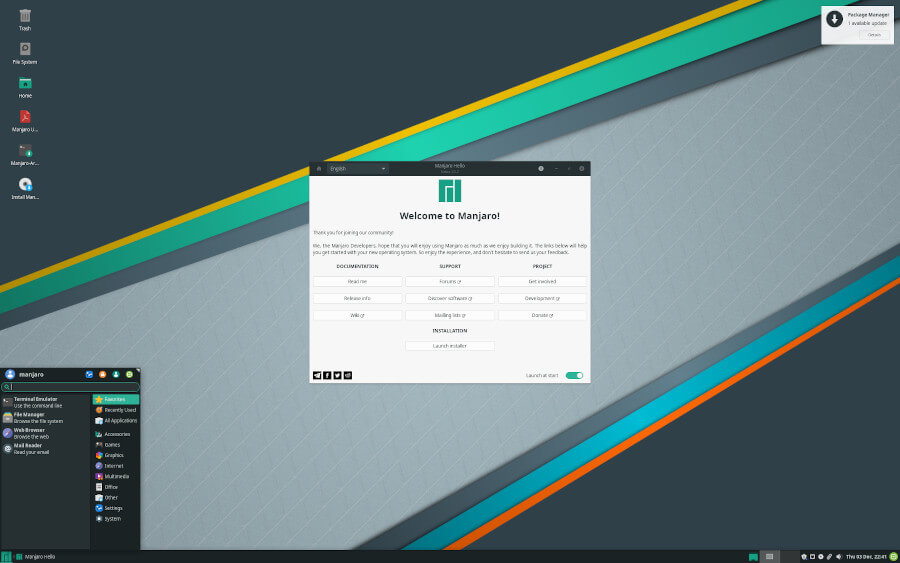
One of the critical features of Manjaro is its graphical installer and pre-installed software packages. This makes it easier for beginners to get started with Arch Linux and provides a more streamlined experience.
However, Manjaro retains the customizability and control that Arch Linux is known for, making it an excellent choice for both beginners and experienced users.
4. Void Linux
Void Linux is a fast, lightweight, and secure rolling-release distribution offering the latest software updates. It is known for its simplicity, and its package manager, xbps, is fast and efficient.
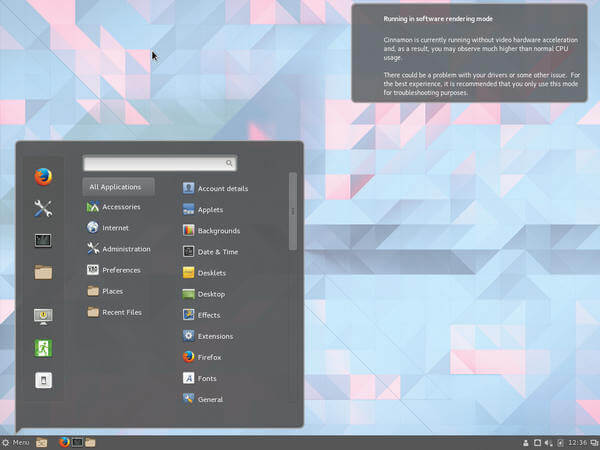
Void Linux offers minimal installation, implying that users can customize their system to their liking. It also offers a variety of desktop environments, including Xfce, KDE Plasma, and MATE.
With its fast performance and security features, Void Linux is an excellent choice for users who value speed and simplicity.
5. openSUSE Tumbleweed
openSUSE Tumbleweed is a stable, reliable, and up-to-date rolling-release distribution that provides users with access to the latest software packages. It is known for its robust infrastructure and user-friendly installer.
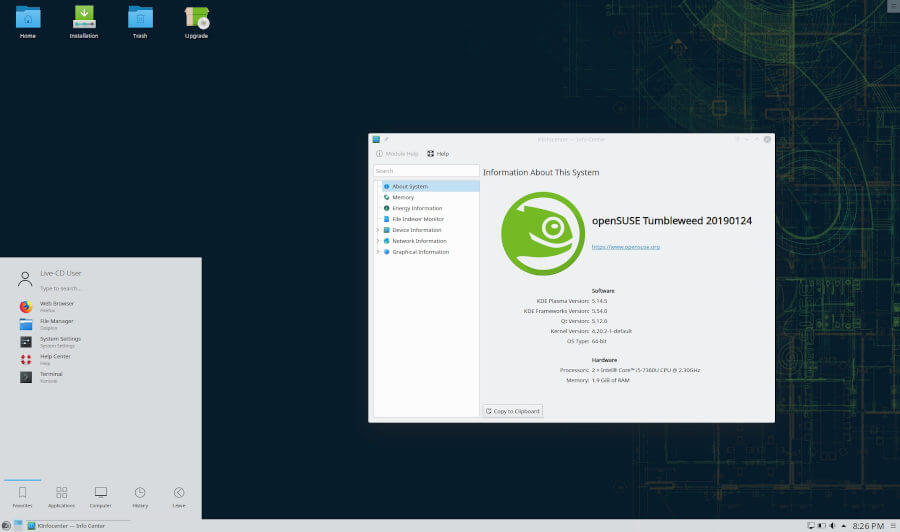
openSUSE Tumbleweed offers a variety of desktop environments, including GNOME, KDE Plasma, and Xfce, and its YaST system management tool makes it easy to manage system settings. It takes pride in its stability and reliability.
6. Fedora Linux
Fedora is a community-driven distribution that provides access to the latest software packages and cutting-edge features. It is known for its focus on innovation and its support for open-source software.
Fedora offers a variety of desktop environments, including GNOME, KDE Plasma, and Xfce, and its package manager, DNF, is fast and efficient.
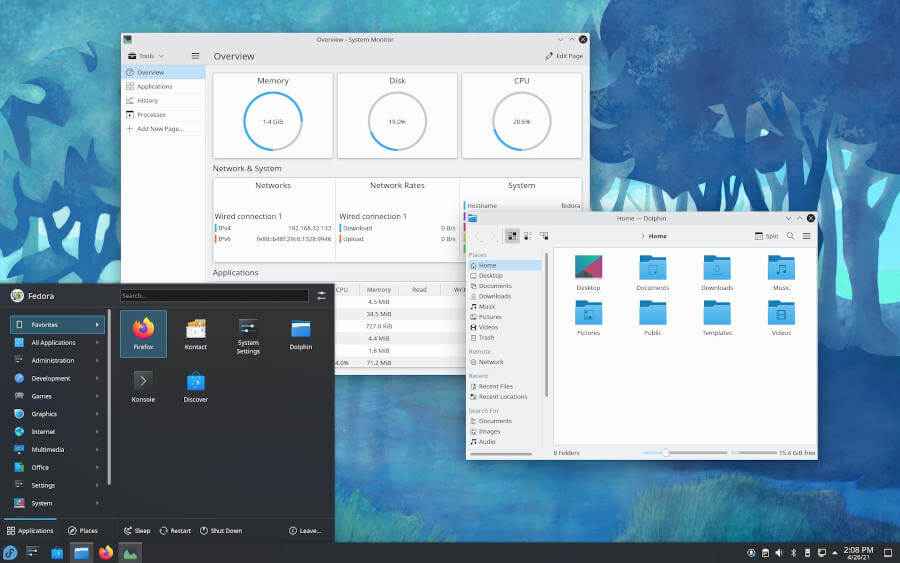
Fedora is also known for its involvement in developing the Linux kernel and other open-source projects. Its focus on innovation and cutting-edge features makes it an excellent choice for users who want a rolling-release distribution that is at the forefront of Linux development.
7. NixOS
NixOS is a unique Linux distribution based on a purely functional package manager called Nix. It features a declarative configuration system, which allows users to define their entire system configuration in a single file.
NixOS is known for its reliability, reproducibility, and support for a wide range of architectures.
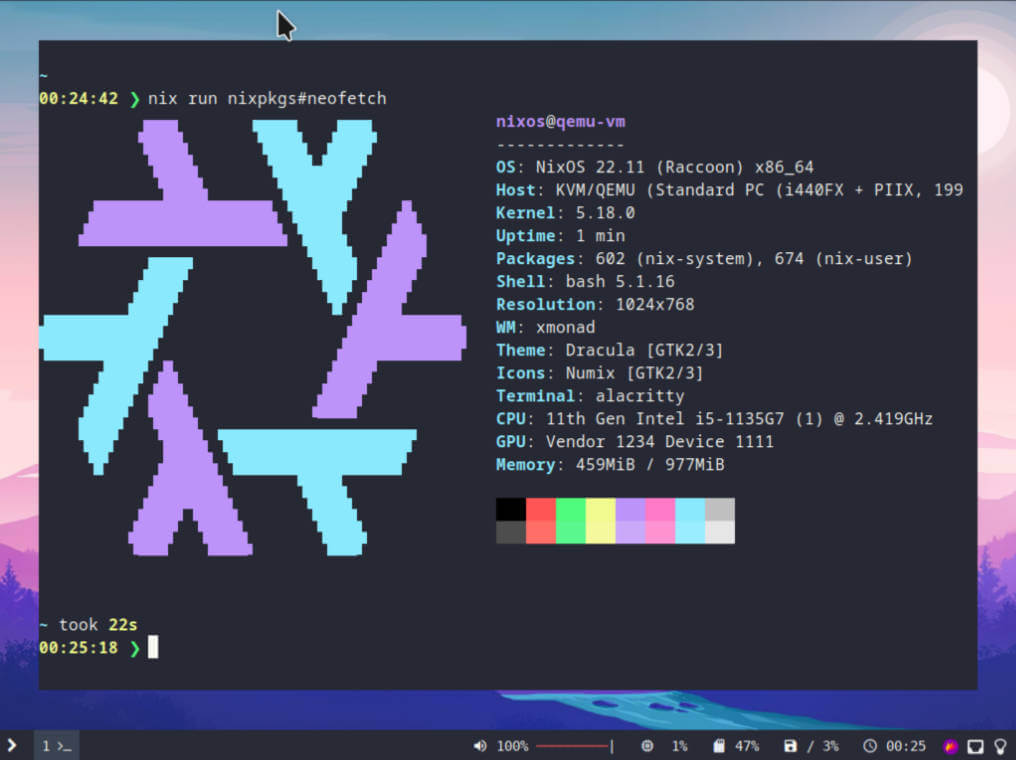
8. Debian Testing
Debian Testing is a popular rolling-release distribution, whicht is known for its robust community and support for a wide range of architecture.
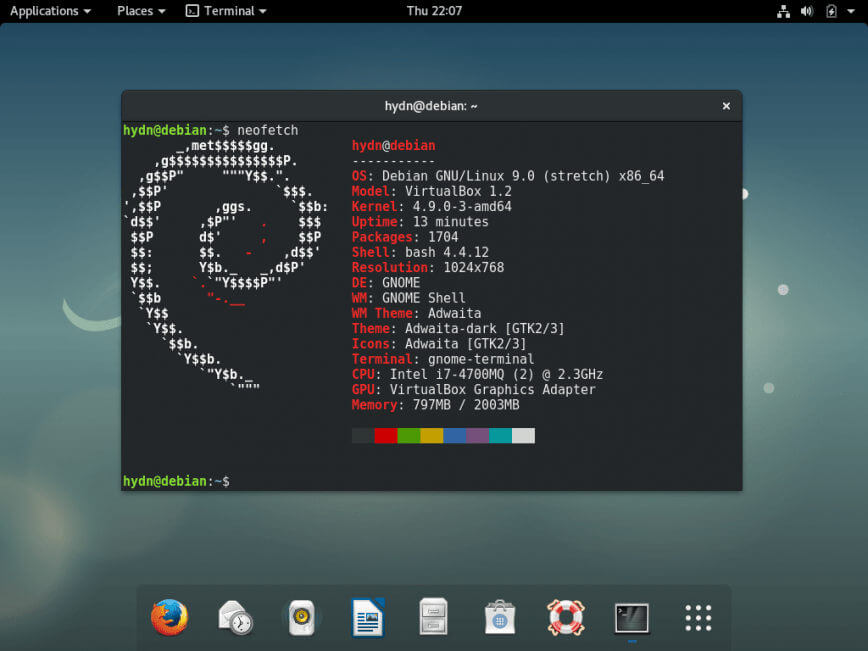
Debian Testing is available with various desktop environments, including GNOME, KDE Plasma, and Xfce. Its package manager, APT, is fast and efficient, and its software repositories are extensive.
Debian Testing is an excellent choice for users who want a reliable and up-to-date rolling-release distribution due to its stability and large active community.
9. Sparky Linux
Sparky Linux is a Debian-based rolling-release distribution, which provides access to the latest software packages while maintaining stability.
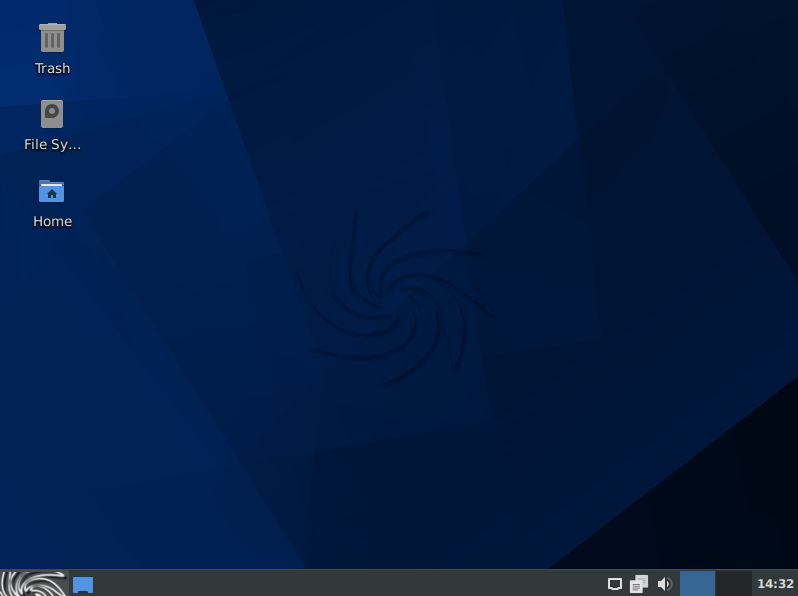
Besides, it features a variety of desktop environments, including Xfce, LXQt, and KDE Plasma, and its package manager, APT, which is fast and efficient.
Sparky Linux is known for its ease of use and its focus on simplicity, making it an excellent choice for beginners.
10. EndeavorOS
EndeavourOS is a rolling-release distribution that is based on Arch Linux. It features a variety of desktop environments, including Xfce, GNOME, and KDE Plasma. You can also leverage its fast and efficient package manager, Pacman.
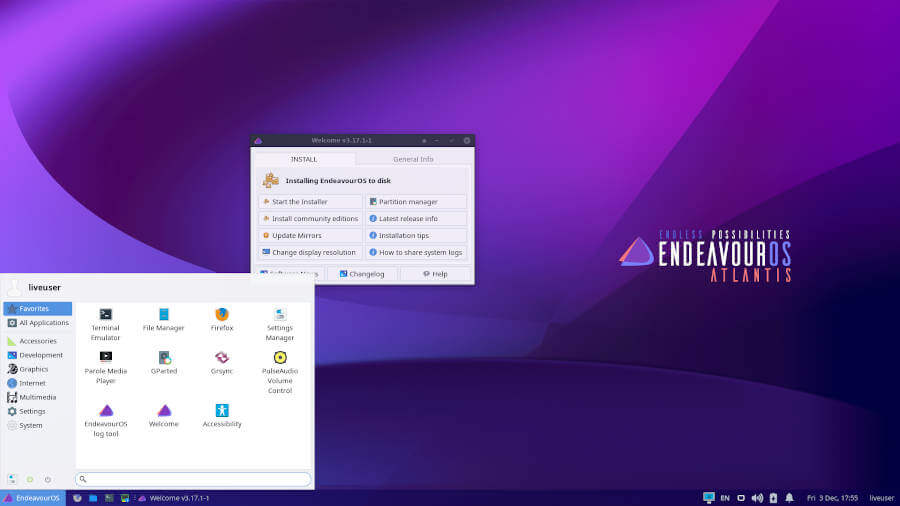
EndeavourOS is known for its focus on providing users with a simple and intuitive rolling-release distribution, and its software repositories are extensive. It comes with various pre-installed tools and applications, making it easy for users to get started.
11. KaOS
KaOS is a rolling-release distribution that provides users with a stable and streamlined desktop experience. It features a custom-built desktop environment called Plasma, which is optimized for performance and efficiency.
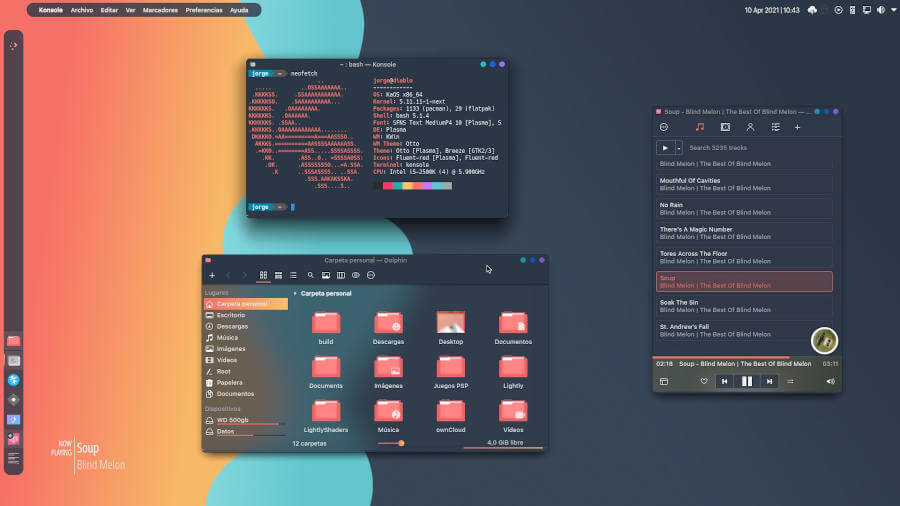
KaOS is known for its simplicity and its focus on desktop users, and its software repositories are carefully curated to ensure high-quality applications. With its focus on stability and performance, KaOS is a great choice for users who want a rolling-release distribution that is both easy to use and reliable.
12. Gentoo
Gentoo is a highly customizable rolling-release distribution, which gives users complete control over their system. It is known for its flexibility and its focus on performance.
Gentoo’s package manager, Portage, is highly configurable and allows users to compile software from the source, which can result in faster performance.
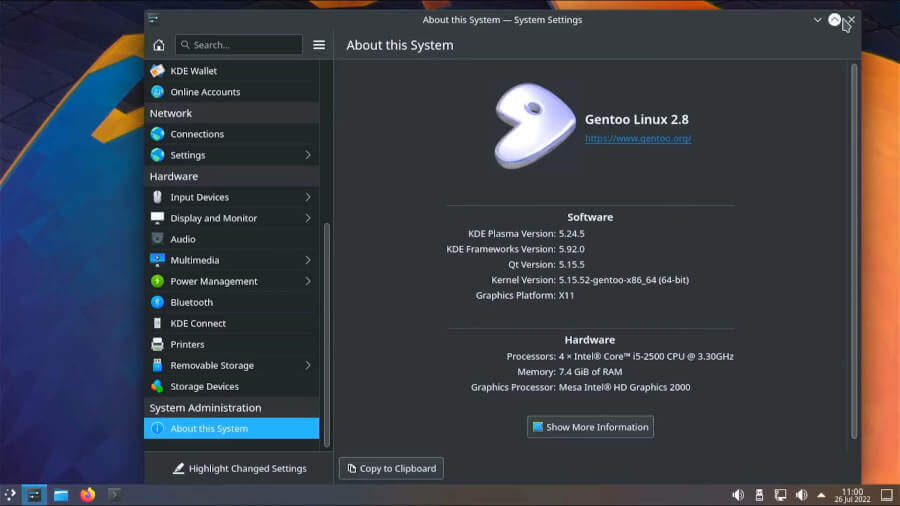
Gentoo is not recommended for beginners, as it requires significant technical expertise to set up and maintain. However, for experienced users who value customization and performance, Gentoo is an excellent choice for a rolling-release distribution.
13. Chakra Linux
Chakra is a rolling-release distribution that is based on Arch Linux, which features a custom-built desktop environment called Chakra Desktop, based on KDE Plasma.
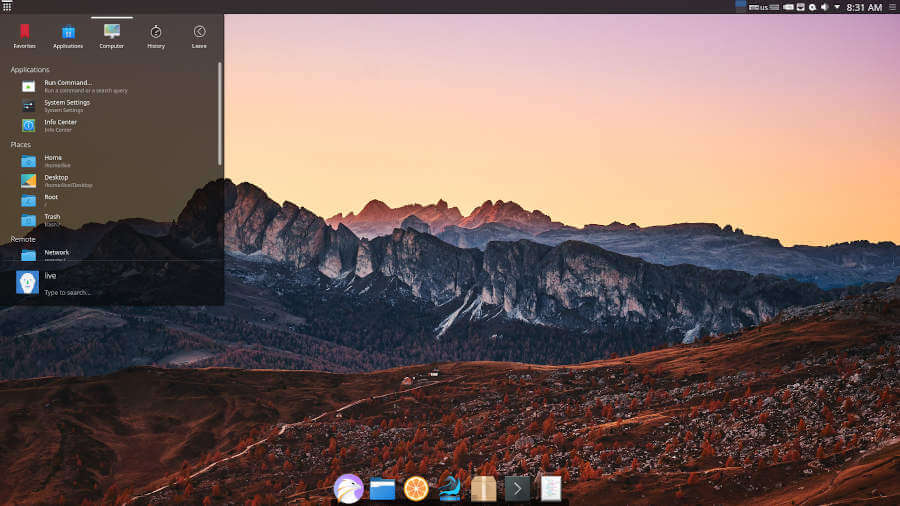
Chakra is known for its focus on providing users with a stable and reliable rolling-release distribution, and its software repositories are carefully curated to ensure high-quality applications.
14. Sabayon Linux
Sabayon is a rolling-release distribution that provides users with access to the latest software packages while maintaining stability. It features a variety of desktop environments, including GNOME, KDE Plasma, and Xfce. Moreover, it has a dedicated Entropy package manager that is fast and efficient.
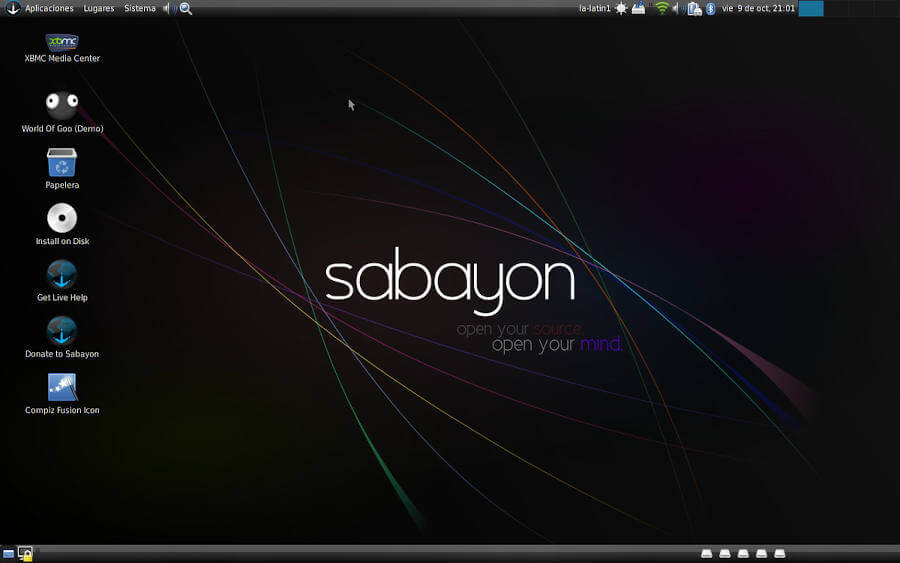
Sabayon is known for its user-friendly installer and its focus on multimedia, gaming, and development. It comes with various pre-installed applications and tools, making it easy for users to get started.
With its emphasis on multimedia and gaming, Sabayon is an excellent choice for users who want a rolling-release distribution optimized for these tasks.
15. Rolling Rhino
Rolling Rhino is a rolling-release distribution that is based on Ubuntu. It features a variety of desktop environments, including GNOME, KDE Plasma, and Xfce, and its package manager, APT, is fast and efficient.
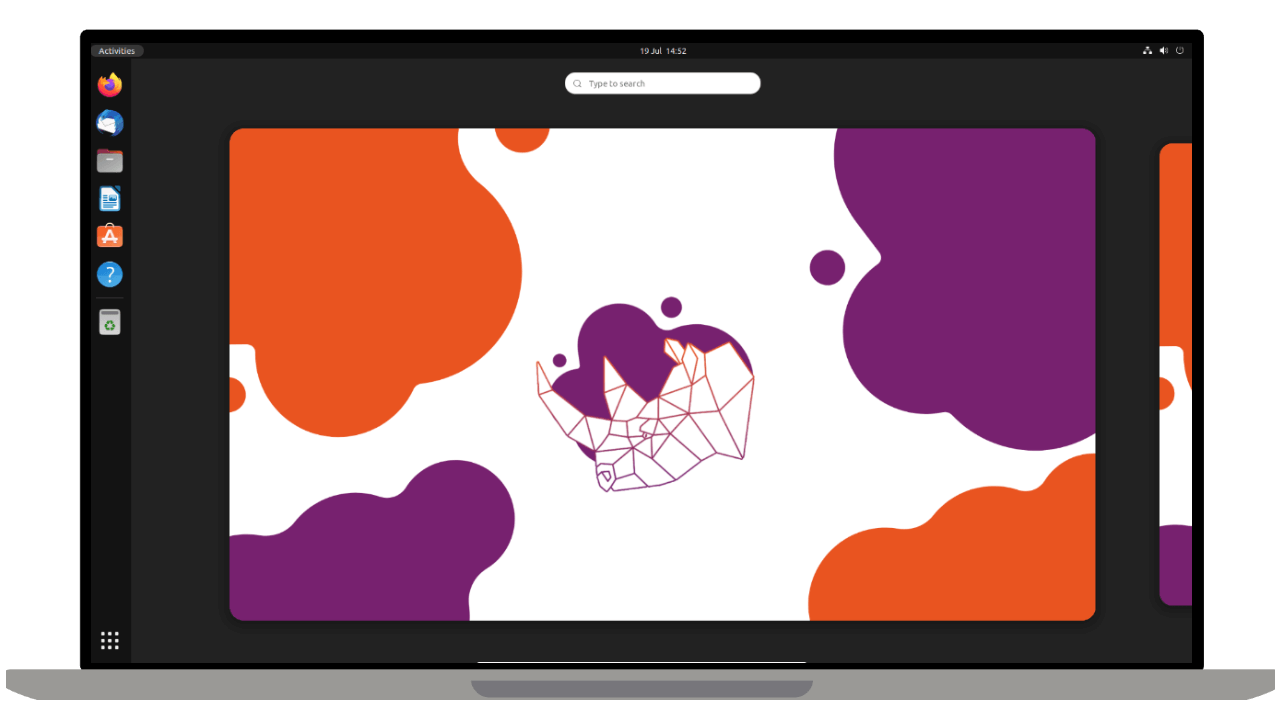
Rolling Rhino is known for its focus on providing users with a reliable and up-to-date rolling-release distribution, and its software repositories are extensive.
Conclusion
In conclusion, the world of rolling-release Linux distributions offers many options for users who want to stay at the forefront of technology. Whether you’re a beginner or an experienced user, there’s a rolling-release distribution out there that will meet your needs.
From Arch Linux and Manjaro to Fedora and Debian Testing, each of the 15 distributions we’ve covered in this article has unique strengths and weaknesses.
We hope this guide has helped you narrow down your options and find the perfect rolling-release Linux distribution for your daily use.

I would suggest add Siduction former Sidux which was one of the first rolling distros. It is excellent.
Since when Fedora is a rolling release?
Afaik it’s considered to be a semi-rolling and that’s because of their short cycle and cutting-edge packages. They don’t use a rolling model.
Why recommend Distro’s that have become dormant? Why recommend Gentoo at all ?